Hey there, tech enthusiasts! If you’ve been keeping up with the latest trends in the world of technology, you’ve probably come across the term "remote IoT software update." This isn’t just another buzzword—it’s a game-changer for industries ranging from manufacturing to healthcare. Picture this: a world where devices miles away can be updated seamlessly without lifting a finger. Sounds futuristic, right? But guess what? It’s already happening, and it’s transforming the way we interact with technology. So, buckle up, because we’re diving deep into the fascinating world of remote IoT software updates!
In today’s fast-paced digital landscape, connectivity is king. With billions of IoT devices deployed worldwide, the need for efficient and reliable software updates has never been more critical. Remote IoT software updates aren’t just about convenience; they’re about ensuring that devices remain secure, up-to-date, and functioning optimally. This is where the magic happens—imagine being able to push a software update to thousands of devices simultaneously, without the hassle of manual intervention.
But hold up—before we dive deeper, let’s address the elephant in the room. Why should you care about remote IoT software updates? Well, if you’re involved in any industry that relies on IoT devices, this is a must-know topic. From improving device performance to enhancing security, the benefits are immense. So, whether you’re a tech-savvy professional or just someone curious about the future of technology, this guide is for you!
- Zulfiya Kvyat The Inspiring Journey Of A Rising Star In The Spotlight
- Hikaru Nagi About The Rising Star Of Anime And Voice Acting
What Exactly is Remote IoT Software Update?
Alright, let’s break it down. A remote IoT software update refers to the process of updating the software of IoT devices remotely, without requiring physical access to the device. Think of it like a software patch that gets delivered straight to your device over the internet. This concept might sound simple, but it’s a complex process that involves a lot of moving parts.
The beauty of remote updates lies in their ability to streamline maintenance and improve device functionality. Instead of sending technicians to every corner of the globe to update devices manually, companies can now do it with just a few clicks. This not only saves time and resources but also ensures that devices are always running the latest software versions.
Why Remote Updates Matter in IoT
Here’s the deal—IoT devices are everywhere. From smart thermostats in your home to industrial sensors in factories, the number of connected devices is growing exponentially. According to a report by Statista, there were over 14.3 billion active IoT devices in 2023, and this number is projected to reach 27 billion by 2025. That’s a lot of devices to manage!
- Remembering Carrie Hamilton A Life Of Talent Passion And Legacy
- Charles Shaughnessy The Man Who Left An Indelible Mark On Hollywood
Now, imagine trying to update all these devices manually. Sounds like a nightmare, right? That’s where remote IoT software updates come in. They provide a scalable solution for managing large fleets of devices, ensuring that they remain secure and functional. Whether it’s fixing a bug or adding new features, remote updates make it all possible.
How Does Remote IoT Software Update Work?
Alright, let’s get technical for a moment. Remote IoT software updates typically follow a three-step process: preparation, deployment, and verification. Here’s a breakdown of how it all works:
- Preparation: Before an update can be deployed, the software needs to be tested thoroughly to ensure compatibility and stability. This involves creating a firmware image and testing it in a controlled environment.
- Deployment: Once the firmware is ready, it’s pushed to the devices over the internet. This can be done using various protocols, such as MQTT or CoAP, depending on the device’s capabilities.
- Verification: After the update is deployed, it’s crucial to verify that it was successful. This involves checking the device’s status and ensuring that the new firmware is functioning as expected.
Now, you might be wondering—what happens if something goes wrong during the update process? That’s where rollback mechanisms come in. These allow devices to revert to their previous firmware version in case of any issues, ensuring that they remain operational at all times.
Key Technologies Behind Remote Updates
There are several technologies that make remote IoT software updates possible. Some of the most common ones include:
- MQTT (Message Queuing Telemetry Transport): A lightweight protocol ideal for IoT devices with limited bandwidth.
- CoAP (Constrained Application Protocol): Another lightweight protocol designed for resource-constrained devices.
- OTA (Over-the-Air): A method of delivering firmware updates wirelessly, commonly used in mobile devices and IoT.
These technologies work together to ensure that updates are delivered efficiently and securely, even in challenging environments.
Benefits of Remote IoT Software Update
So, why should you care about remote IoT software updates? Here are some of the key benefits:
- Improved Security: Regular updates help patch vulnerabilities and protect devices from cyber threats.
- Enhanced Performance: Updates often include performance improvements, making devices faster and more efficient.
- Cost Savings: By eliminating the need for manual updates, companies can save a significant amount of money on labor and logistics.
- Scalability: Remote updates allow companies to manage large fleets of devices with ease, making it easier to scale operations.
These benefits make remote IoT software updates an essential tool for any organization looking to stay competitive in the digital age.
Overcoming Challenges in Remote Updates
Of course, nothing is perfect. Remote IoT software updates come with their own set of challenges. Some of the most common ones include:
- Network Connectivity: Devices in remote locations may have limited or no internet access, making updates difficult.
- Device Compatibility: Not all devices are created equal, and ensuring compatibility with different hardware can be a challenge.
- Security Risks: While updates improve security, they can also introduce new vulnerabilities if not handled properly.
Despite these challenges, advancements in technology are making remote updates more reliable and secure than ever before.
Best Practices for Remote IoT Software Update
Now that we’ve covered the basics, let’s talk about best practices. Here are some tips to ensure a smooth and successful update process:
- Test Thoroughly: Always test the firmware in a controlled environment before deploying it to production devices.
- Use Rollback Mechanisms: Implement rollback strategies to ensure that devices can revert to a stable version if something goes wrong.
- Monitor Performance: Keep an eye on device performance after the update to ensure that everything is working as expected.
By following these best practices, you can minimize the risks associated with remote updates and maximize their benefits.
Case Studies: Real-World Applications
Let’s take a look at some real-world examples of remote IoT software updates in action:
- Smart Cities: Cities around the world are using remote updates to manage streetlights, traffic cameras, and other infrastructure.
- Healthcare: Remote updates are being used to ensure that medical devices, such as insulin pumps and pacemakers, remain up-to-date and secure.
- Manufacturing: Factories are leveraging remote updates to improve the efficiency of their production lines.
These examples demonstrate the versatility and impact of remote IoT software updates across various industries.
The Future of Remote IoT Software Update
As technology continues to evolve, so does the field of remote IoT software updates. Here are some trends to watch out for:
- AI and Machine Learning: These technologies are being used to automate the update process and predict potential issues before they occur.
- 5G Networks: The rollout of 5G is expected to improve the speed and reliability of remote updates, making them even more efficient.
- Blockchain: Some companies are exploring the use of blockchain to ensure the integrity and security of firmware updates.
These advancements promise to take remote updates to the next level, making them faster, more secure, and more reliable than ever before.
Challenges Ahead
While the future looks bright, there are still challenges to overcome. Issues such as data privacy, cybersecurity, and device compatibility will continue to be major concerns. However, with the right strategies and technologies in place, these challenges can be addressed effectively.
Conclusion: Embracing the Future of IoT
And there you have it—a comprehensive guide to remote IoT software updates. From understanding the basics to exploring the latest trends, we’ve covered it all. Remote updates are more than just a convenience—they’re a necessity in today’s interconnected world. By embracing this technology, organizations can improve security, enhance performance, and reduce costs, all while staying ahead of the competition.
So, what’s next? If you’re involved in the IoT space, it’s time to start thinking about how remote updates can benefit your organization. Whether you’re a developer, a business leader, or just someone passionate about technology, the possibilities are endless. Share your thoughts in the comments below, and don’t forget to check out our other articles for more insights into the world of IoT!
Table of Contents
- What Exactly is Remote IoT Software Update?
- How Does Remote IoT Software Update Work?
- Benefits of Remote IoT Software Update
- Best Practices for Remote IoT Software Update
- The Future of Remote IoT Software Update
- Conclusion



Detail Author:
- Name : Prof. Jesse Rath DDS
- Username : dena.collins
- Email : ustark@halvorson.com
- Birthdate : 2007-01-02
- Address : 6116 Karina Burg Apt. 327 Wehnerview, ID 29830
- Phone : (209) 869-2790
- Company : Parker LLC
- Job : Mechanical Engineering Technician
- Bio : Eum enim temporibus fugit qui corporis perspiciatis corrupti. Ab facilis perferendis quaerat dolor id laborum. Quia totam ut optio. Aut nihil consectetur sapiente maxime nam quaerat cum.
Socials
tiktok:
- url : https://tiktok.com/@jaykoelpin
- username : jaykoelpin
- bio : Nulla in exercitationem voluptates fugiat necessitatibus atque ea unde.
- followers : 1579
- following : 2799
linkedin:
- url : https://linkedin.com/in/jay_official
- username : jay_official
- bio : Officia et pariatur aliquid expedita ut.
- followers : 5687
- following : 1077